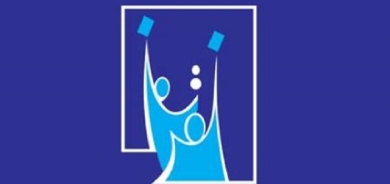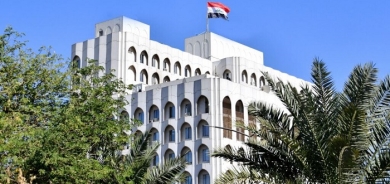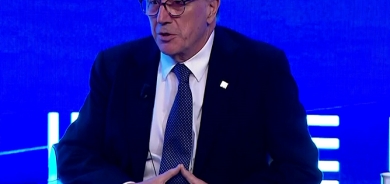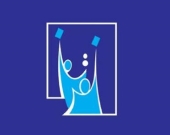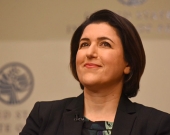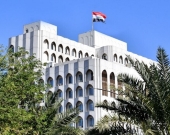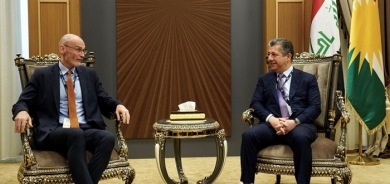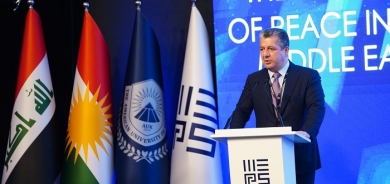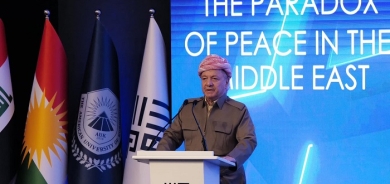Iraq Targets Zero Gas Flaring by 2028, PM Al-Sudani Announces at Halfaya Oil Field
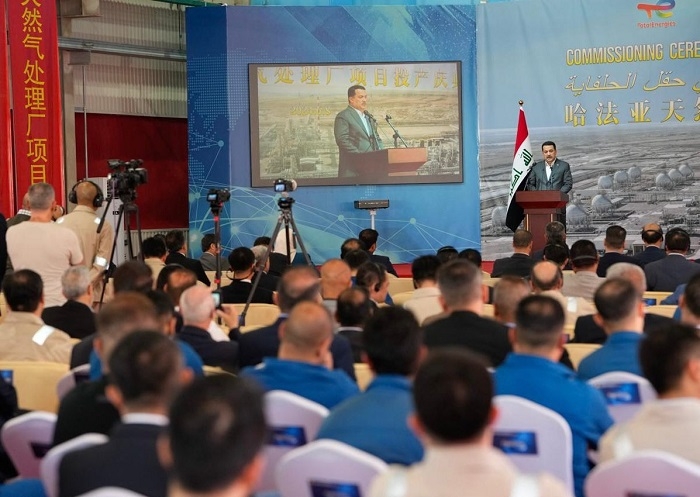
Iraqi Prime Minister Mohammed Shia al-Sudani announced on Saturday that Iraq's utilization of associated gas has surged to over 60%, with an ambitious target to eliminate gas flaring by 2028. The declaration came during the inauguration of a state-of-the-art associated gas processing project at the Halfaya oil field in the Maysan governorate.
This new facility boasts a production capacity of 300 million standard cubic feet per day, marking a pivotal step towards ceasing gas flaring and advancing environmental sustainability. "This landmark project is part of our ongoing efforts to maximize the benefits of our oil and gas resources, a process that began in 2019 and has been closely monitored to ensure its completion," al-Sudani stated. "It represents a significant step in our economic reform and optimal investment strategies to stop gas flaring and its associated wastage and environmental impact."
The Prime Minister emphasized the direct benefits of the produced gas in supporting power generation, thereby reducing the reliance on costly imports. Gas production has seen a notable increase from 2,972 million standard cubic feet per day in 2022 to 3,100 million currently, with 1,800 million standard cubic feet per day being effectively utilized.
"The investment in associated gas has risen from 50% to 61%, with ongoing efforts to utilize all gas produced and achieve zero flaring by 2028," al-Sudani added.
Completed under oil licensing rounds, the Halfaya gas processing project comprises two units, each with a capacity of 150 million standard cubic feet. The facility processes and dries the gas, segregating its primary components to produce dry gas for the national grid. This gas will power the Amara government and Maysan investment power plants, collectively generating over 1,200 megawatts.
Furthermore, the project produces liquid gas to meet Maysan's needs, initially at a capacity of 1,100 tons per day, set to double to 2,200 tons per day for household and automotive use. Excess production will be distributed to other governorates.
The facility also yields gas condensates at a rate of 20,000 barrels per day, which are blended with crude oil to enhance its market quality. Additionally, sulfur is produced as a byproduct, with a production capacity of 20 to 40 tons, marketed through the Iraqi Oil Marketing Company (SOMO).
Deputy Prime Minister for Energy and Oil Minister Hayan Abdul Ghani praised the Halfaya gas processing project as a significant advancement in the oil industry and associated gas utilization. "This project transforms associated gas into beneficial energy, bolstering Iraq's energy sector," Abdul Ghani noted. He commended the collaboration between PetroChina and Maysan Oil Company, highlighting the project's design capacity of 300 million standard cubic feet per day.
The project refines and dries gas, then separates its core components to produce:
Dry gas for the national grid, supporting local electricity generation.
Liquid gas for cooking and automotive use, initially between 1,100 and 1,200 tons per day.
Gas condensates, blended with crude oil to improve market quality.
Sulfur production as a byproduct, marketed by SOMO.
Deputy Minister for Gas Affairs Izzat Saber underscored that the project aligns with government and ministry commitments to halt gas flaring and support clean energy initiatives. "The ministry succeeded in utilizing 61% of associated gas, with plans to increase this to 78% by year-end, continuing efforts to convert flared gas into useful energy," Saber affirmed.
This significant development marks a critical step forward in Iraq's journey towards sustainable energy practices and economic reform, demonstrating the nation's commitment to environmental stewardship and resource optimization.


